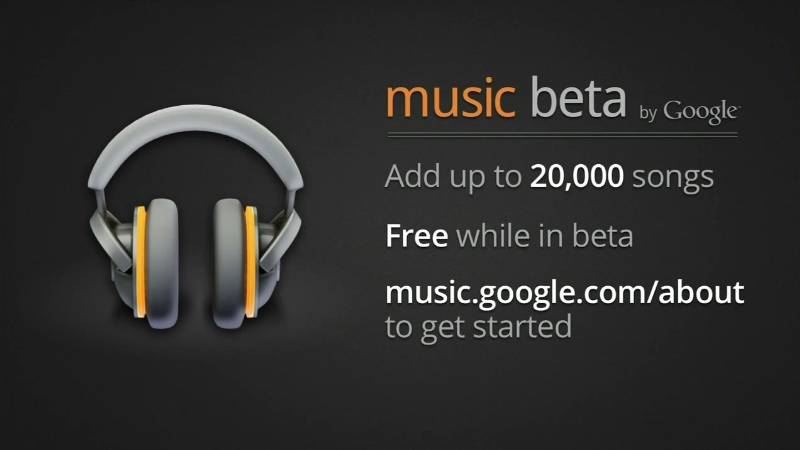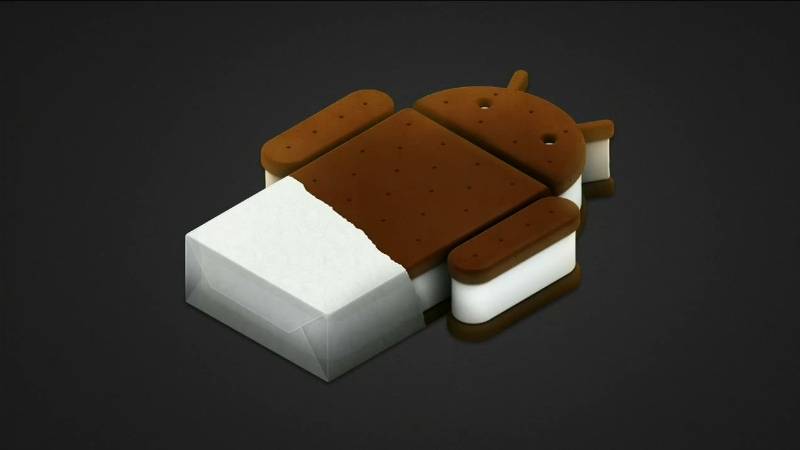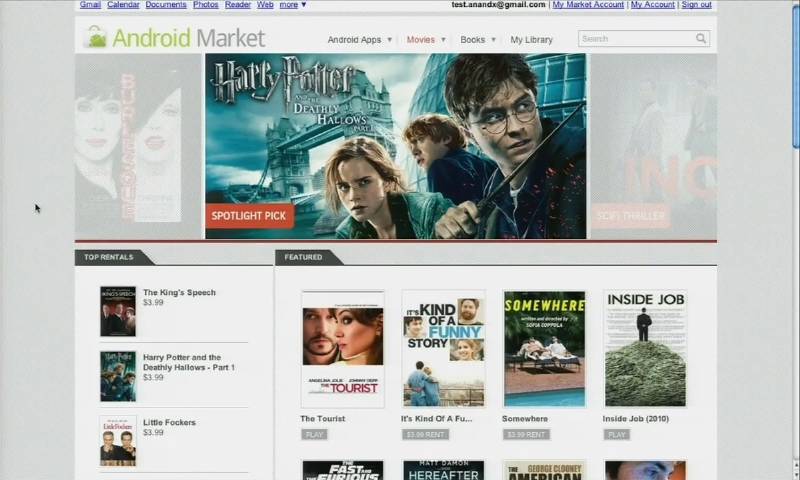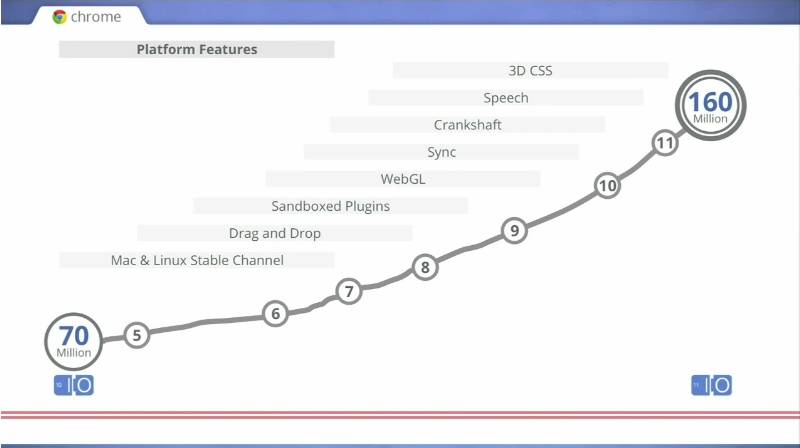 This week was a big week for Google as they hold up their annual I/O Conference at Moscone Center from San Francisco. During Google I/O 2011 we have a chance to find out more about Google next innovations: Android 3.1, Music Beta, Chrome OS, Chromebooks and much more.
This week was a big week for Google as they hold up their annual I/O Conference at Moscone Center from San Francisco. During Google I/O 2011 we have a chance to find out more about Google next innovations: Android 3.1, Music Beta, Chrome OS, Chromebooks and much more.
But wait a minute what is Google I/O ? Google I/O is an annual two-day developer conference held by Google which features sessions focused on building web, mobile and enterprise applications and open web technologies such as Android, Chrome, Chrome OS, Google APIs, Google Web Toolkit, App Engine and much more. Google I/O started in 2008 and it’s name stands for “Innovation in the Open” or Input/Output.
Today we are spending some time together to discover some of the cool new things that Google released or is going to release in the near future.
In Day 1 of the conference, the live Keynote focused on Android and 3 things: Momentum, Mobile and More. It all begin with some update statistics of the Android devices: it seams that till now worldwide users activated over 100 Million Android devices, there are 310 Android devices in over 112 Countries. Last year at I/O 2010, Google showed that they were activating over 100.000 new Android devices each day. Today they are proud to announce that they are activating more than 400.000 new Android devices every day, Android Market hosts 200.000 applications and over 4.5 Billion Applications have been installed till today.
After this Momentum section, one of the members of Android Engineering Team, Mike Cleron took the stage to announce an upgrade of Honeycomb OS: the 3.1 version. The new upgrade brings some improvements which were requested: task switcher include now more of your recent opened apps, home screen widgets are resizable both horizontally and vertically, tablets act like USB host(you can now import files from other devices directly to tablets).
Another cool thing is that Android Honeycomb 3.1 will be from now on available on Google TV along with Android Market.
The next cool thing Google announced, was the newest Android release: Ice Cream Sandwich. Along the funny image, the most important thing of the next Android OS version is that it runs everywhere: mobile phones, tablets and everything in between. Other features that Google previewed include new API and framework that will scale UI across different Android devices(and form factors), improved face-detection technology. Android Ice Cream Sandwich will be made available somewhere in Q4 this year.
Moving forward, Google announced that they added Movie Rentals into Android Market and from now on users can stream movies on their computers or on their Android devices. Prices start from $1.99 and you can start watching the movie within 30 days of purchase, but from the moment you started to watch it, you have only 24 hours to finish it. The cool thing is that you can “pin” movies that you wish to watch when you are offline, for example in an airplane; the movie is automatically downloaded in the background and it will be available from you when you request it. A little downside of this is that “once the content has been made available for offline viewing on a tablet, it cannot be streamed or downloaded on other device”.
Next stop was Music Beta by Google. Is Google Cloud Music service and it means that you can add your songs from computer and listen to them on the Web or any other compatible device as the music is stored in the cloud. The beta version of this new service allows to store up to 20.000 songs at any bitrate you want and on different formats: MP3, AAC, WMA and FLAC.
To begin with Music Beta you have to download the Music Manager application(available for PC or MAC) and right after that you can start uploading your songs to this new service. Google made it very simple creating a new Music app for Android which will allow its users to listen and even download music(via Wi-Fi only). You can create playlist, shuffle songs, pick similar songs and almost everything you are used to do on a regular Music Player. The bad thing is that this service is only free in Beta and is available just in USA.
In the rest of the Day 1 Keynote, Google showed some of their new API(available for Honeycomb and Gingerbread) that supports USB and will support Bluetooth in the future and mentioned Android Open Accessory Development Kit (ADK) which comprise both hardware and software. And for the future Google announced a new service called Android@Home which practically wants to make Android the operating system for your home. They announced that a new wireless protocol is being developed for appliances that cannot connect to Wi-Fi and showed a demo of a new project called Tungstem which can stream music through Android box devices and another Tungstem which can recognize the NFC tags from audio CD cases and add an album to your music library.
Day 2 of the I/O conference was the Chrome day. This day started with Google featuring their latest achievements surrounding Chrome Browser which is now used by more than 160 Million users and since last year version(which was Chrome 4) till today’s latest one(which is Chrome 12 Beta) it contains some important improvements: MAC & Linux versions, Drag and Drop, Sandboxed Plugins, WebGL, Sync, Crankshaft, Speech, 3D CSS.
The next important thing that Google featured after this was Chrome Web Store which now is available in over 41 languages and since its release(December 2010) it has 17 million application installations. The other good news is for developers which are now able to reach more people and make more money as they get 95% from what people pay for their applications.
After that Google finally took the stage to present their most important announcement: ChromeOS and Chromebooks. Some of you may have heard about ChromeOS and Google Cr-48 Project, but till today no one knew something official. We found out in last December that Google started to ship some laptops, part of Cr-48 project which were loaded up with ChromeOS. During the keynote we find out what a Chromebook will include: Intel Dual-Core processors, Flash experience, Sandbox, a file manager, offline versions of Gmail, Google Calendar, Google Docs and practically all Google Web Services available. Besides this, all apps from Chrome Web Store can be installed and work online and offline. If you worry about your files don’t do it as you can still plug in an external device and store your files on Chromebook as they come with a 16Gb SSD, but this is only temporary because the low disk space will make you upload them on the Web.
 Google announce that their Chromebooks will be produced by Samsung and Acer. Samsung Google Chromebook features:
Google announce that their Chromebooks will be produced by Samsung and Acer. Samsung Google Chromebook features:
- 12.1″ (1280×800) 300 nit Display
- 3.26 lbs / 1.48 kg
- 8.5 hours of continuous usage 1
- Intel® AtomTM Dual-Core Processor
- Built in dual-band Wi-Fi and World-mode 3G (optional)
- HD Webcam with noise cancelling microphone
- 2 USB 2.0 ports
- 4-in-1 memory card slot
- Mini-VGA port
- Fullsize Chrome keyboard
- Oversize fully-clickable trackpad
Acer Google Chromebook features:
- 11.6″ HD Widescreen CineCrystalTM LED-backlit LCD
- 3.19 lbs | 1.45 kg
- 6 hours of continuous usage 1
- Intel® AtomTM Dual-Core Processor
- Built in dual-band Wi-Fi and World-mode 3G (optional)
- HD Webcam with noise cancelling microphone
- High-Definition Audio Support
- 2 USB 2.0 ports
- 4-in-1 memory card slot
- HDMI port
- Fullsize Chrome keyboard
- Oversize fully-clickable trackpad

Samsung Google Chromebook version will be available starting June 15 and cost $429 (Wi-Fi) and $499(with Wi-Fi and 3G). Acer Google Chromebook will be available at the same time and its price will start from $349. For businesses Google will offer Chromebooks on a monthly basis of $28/user and for schools just for $20/user. This prices will include both Software and Hardware upgrades.














Pingback: Toshiba Thrive Tablet features Android 3.1 and Tegra 2 Processor | It's a Gadget